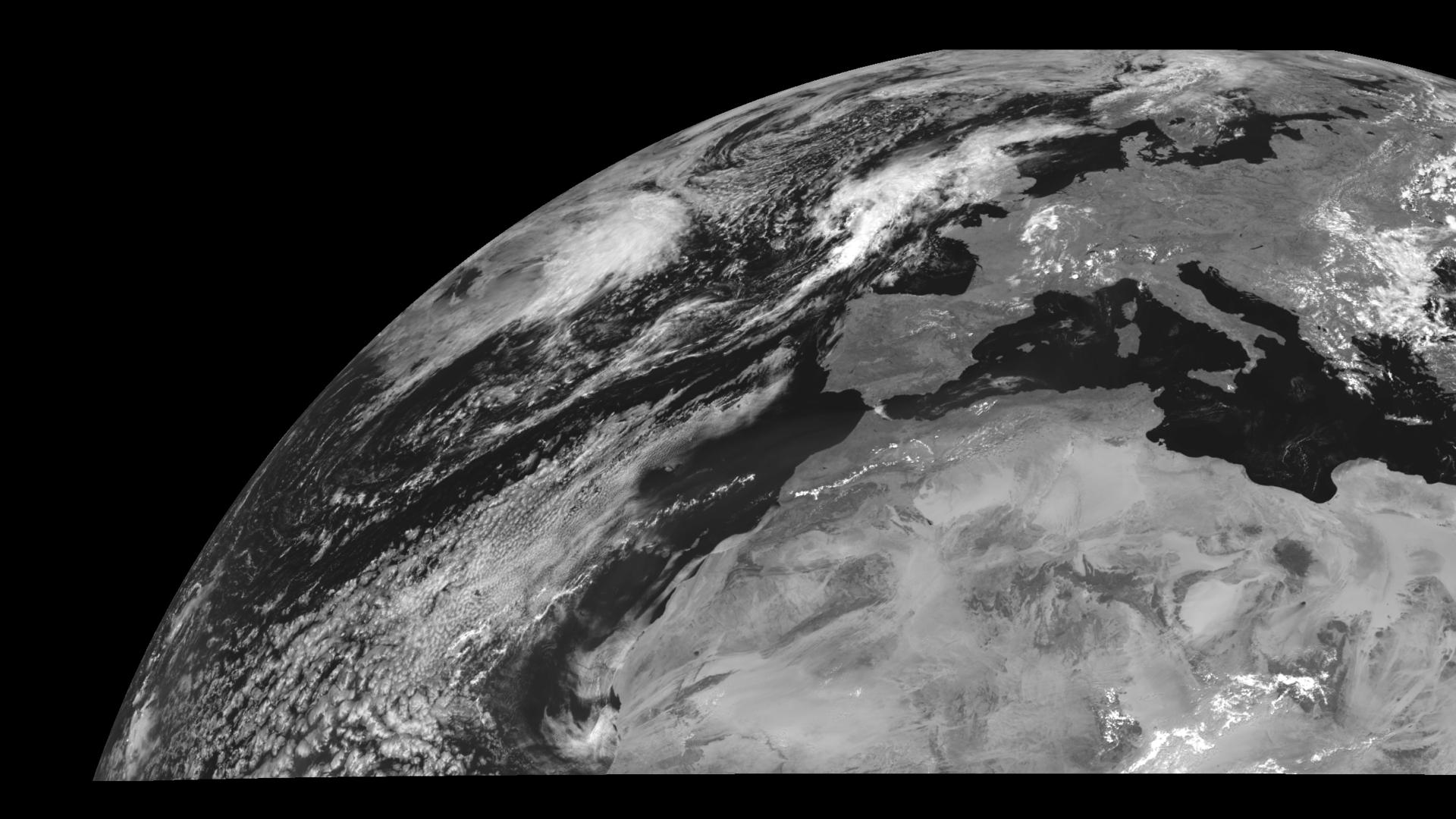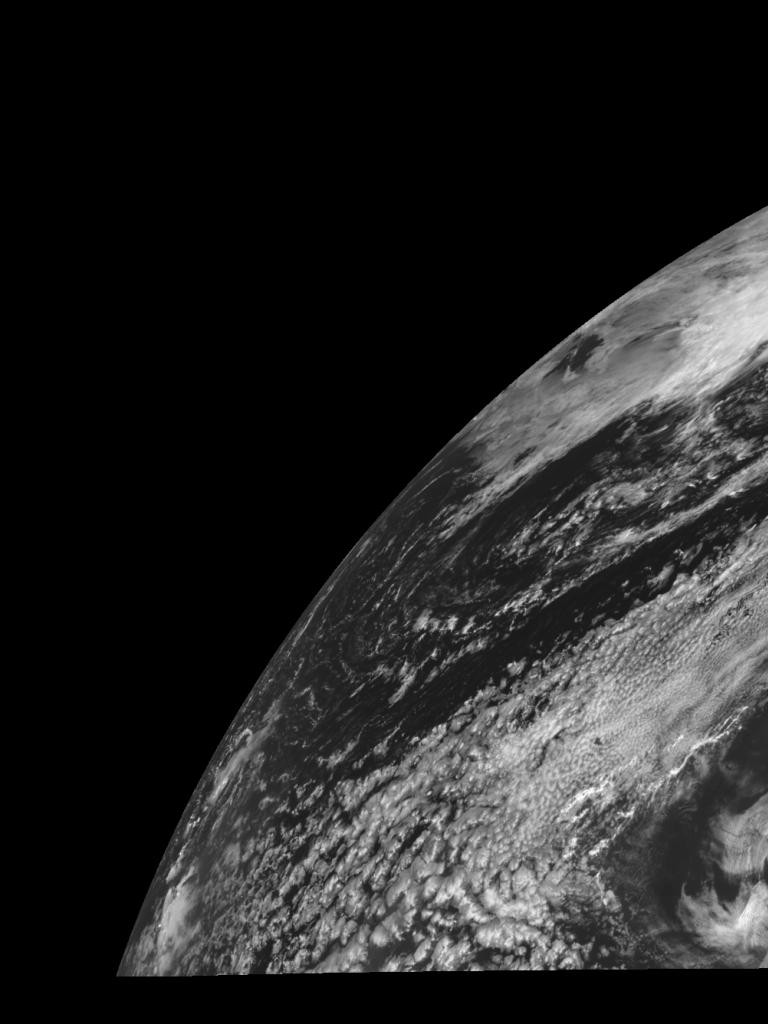
Meteosat-9 takes over Rapid Scanning Service


Today, Meteosat-9 took over the rapid scanning imagery service (RSS) from Meteosat-8.
05 November 2024
09 April 2013
This completes the reassignment of roles of the three Meteosat Second Generation (MSG) satellites following the launch of Meteosat-10 on 5 July.
After being replaced in January by Meteosat-10 as the prime operational satellite supplying full disk images of Europe and Africa, Meteosat-9 now provides the RSS, delivering more frequent images every five minutes over Europe only. The two-satellite system continues the services previously delivered by Meteosat-8 and -9 in support of weather forecasters in one of their most challenging tasks, nowcasting, which involves detecting and monitoring rapidly developing high impact weather like thunderstorms or fog and issuing related warnings up to 12 hours ahead.
Meanwhile, the residual capabilities of the ageing Meteosat-8 are being assessed to determine how far it can serve as a backup for Meteosat-9 and -10.
About Meteosat Second Generation
The Meteosat Second Generation (MSG) spin-stabilised satellites carry the primary Spinning Enhanced Visible and Infrared Imager, or SEVIRI. The prime contractor for the MSG satellites is Thales Alenia Space, with the SEVIRI instrument built by Astrium.
SEVIRI delivers enhanced weather coverage over Europe and Africa in order to improve very short range forecasts, in particular for rapidly developing thunder storms or fog. It scans Earth’s surface and atmosphere every 15 minutes in 12 different wavelengths, to track cloud development.
SEVIRI can pick out features as small as a kilometre across in the visible bands, and three kilometres in the infrared.
In addition to their weather-watching mission and collection of climate records, the MSG satellites have two secondary payloads:
-
the Geostationary Earth Radiation Budget sensor measures both the amount of solar energy that is reflected back into space and the infrared energy radiated by the Earth system, to better understand climate processes;
-
a Search & Rescue transponder will turn the satellite into a relay for distress signals from emergency beacons.